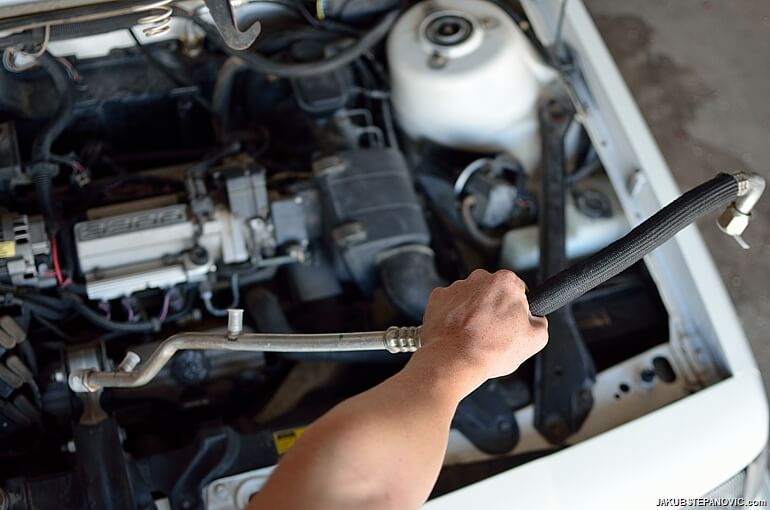
Celebrating mechanical devices and hands-on driven problem-solving.
The other day I set up an old hi-fi system, a model from 1990, and it was a joy-bringing experience. Unused for decades, the system switched on fine, but the sound signal was rather poor. So I cleaned the cables' connectors from oxidation, and voila, it sounded fantastic. The thing had four units, the star of which was a turntable. It needed to fix its belt and then played as well. Listening to the audio while seeing how it's generated by the needle touching the rotating phono disc felt so good!
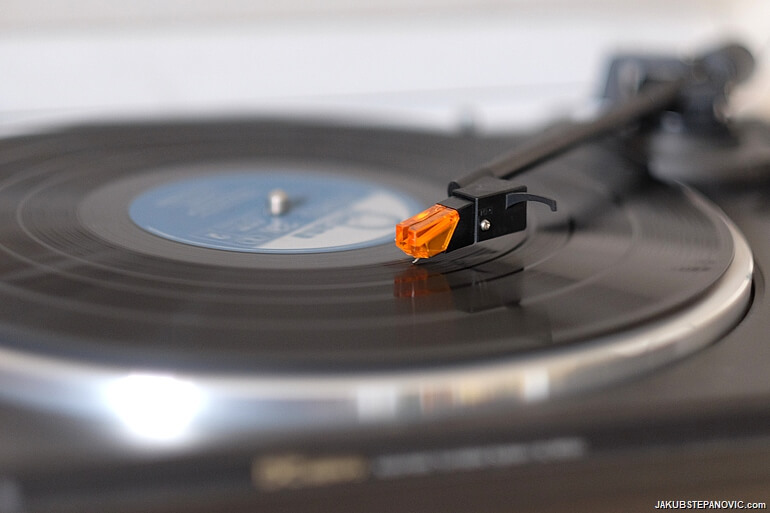
I reflected that amazement like I got from the old hi-fi is something I miss in many modern devices. Clearly, I see the advantages of technological advancement, and I won't be scolding the marvels of this age. But while the products of the digital era do deliver, the devices are somewhat clinical and not personal. Here, I will discuss the reasons why:
Relatability
Digital tech is harder to appreciate, as the engineering behind it is invisible to the human eye. To explain this, let's look at a steam locomotive:
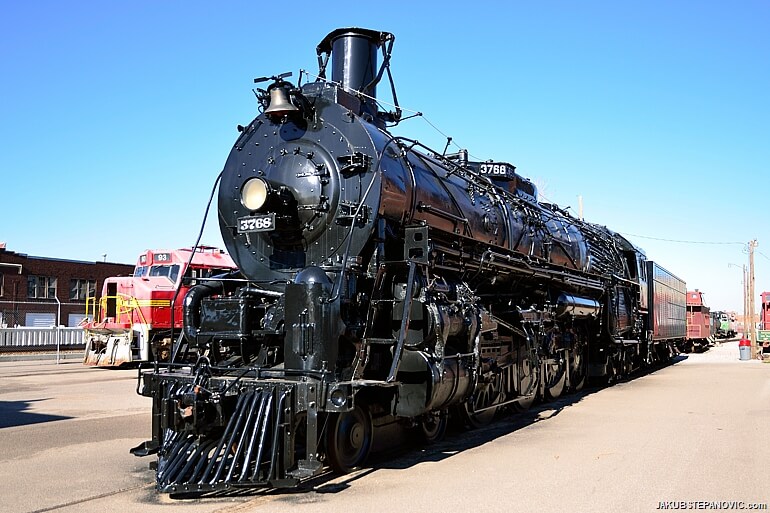
Of course, it is a complicated instrument. But it is not too difficult to make sense of it by looking. The steam moves a piston back and forth that connects to cranks and rods that eventually rotate wheels. Everything works because of a force that you can see. The bell rings because one piece of metal smashes into another. It is genius yet easy-ish.
Compare that to modern trains:
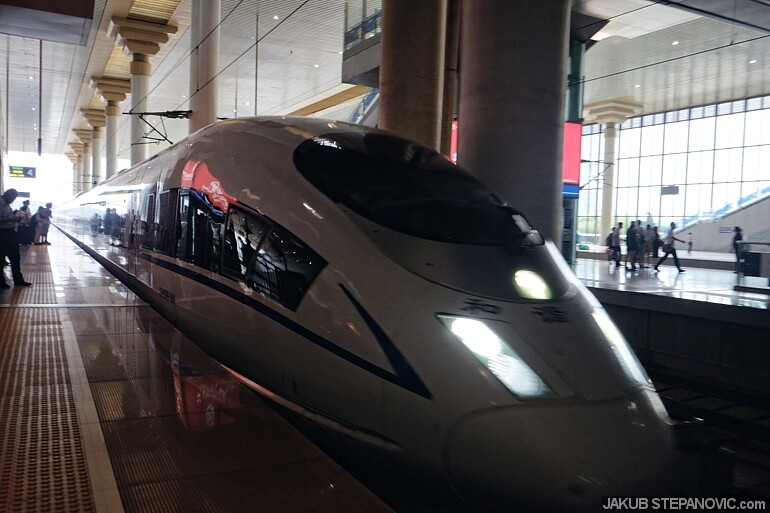
Here, the invisible electricity goes into a box, which looks like it could be an industrial fridge from what you see from the outside. Instead of pushing a metal lever to pull a wire that changes the position of a valve, you press a button right next to the one that can trigger the horn. Suddenly, the wheels move. Magic; no clue. Even the shell material is some composite that requires advanced technology nowhere the simplicity of forming iron in a forge. It is still fascinating but not relatable anymore.
When I teach photography, bringing an old mechanical film camera always works better to explain the principles than just talking. You see the moving aperture, the shutter, easy. But when you have a camera on your phone where you see nothing, try to explain that.
Occasion
Mechanical machines lack the automation of digital ones. The latter allows you to say, "Hey computer, play me some Mozart," and the invisible electronic witchcraft will start streaming music by the Austrian composer; you don't need to do anything more. With the older tech, however, you have to physically pick the record, put it into the player, and turn it on. As a result, you appreciate it a bit more because it was you who did it. Simultaneously, it takes time, so you cannot do it without making a moment for it. All of this creates a special occasion that elevates the music from background noise to a prominent act worth the effort. Then, it is easier to give the activity all your attention. Whether you listen to classical masters (or whichever set of tunes you prefer) or do something different altogether, doing it focused makes it better.
Personality
Some analogue devices can have imperfections that, I'd argue, can make them better. Back to the old turntable, it produced high-quality sound. Yet, it made a slight cracking noise from time to time, perhaps because of dust particles on the vinyl. This unpredictable element added something relaxing; it was like sitting next to a fireplace burning wooden logs that occasionally crack. I get that this wouldn't be suitable for daily operations, but if you have the occasion already, I'd call it atmospheric.
Staying with the topic of music, I prefer analogue synthesizers to digital ones because of their so-called imperfections. Sometimes, they sound differently when cold to warm; other times, they emit a detuned note mid-play. Add some analogue filters to the mix, and it is like if the instrument has its own head and collaborate with you on producing the sound. Now that is magic that I like! Like with people, unpredictability or imperfections can make the personality stand out in a good way.

Fixability
When you have a modern digital/wireless system that starts malfunctioning, it is often game over. Moreover, the chances are that the part will need a replacement instead of a repair. With older and less sophisticated items, one can fix them without an engineering degree, thanks to that ability to see that I talked about earlier. One can follow the physical wire or hose until discovering what is wrong. It is tremendous! And once it's mended, the item gains a piece of that mentioned personality. Kind of like if you go through hardship with a friend and solve it, the chances are that you get closer.
Probably the two most prominent cases of fixing I did with cars I owned. The first one was also the closest I got to a thing. It was thanks to multiple factors, but the fixability element was undeniably a big one. Here is the car how I first saw it:
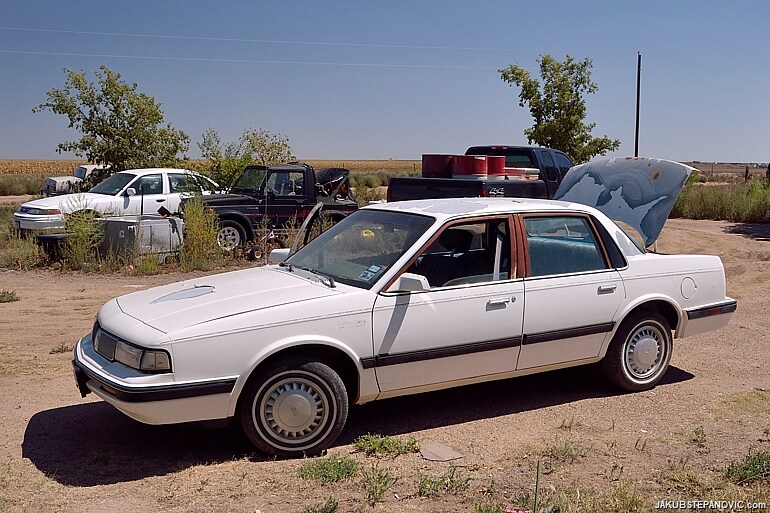
Oldsmobile Cutlass Ciera, from the same year as that turntable. Its V6 engine was in great shape, but some other parts lost their prime a while ago. It was an extensive project to do.
Click here to expand a car-fixing intermission if you are interested.
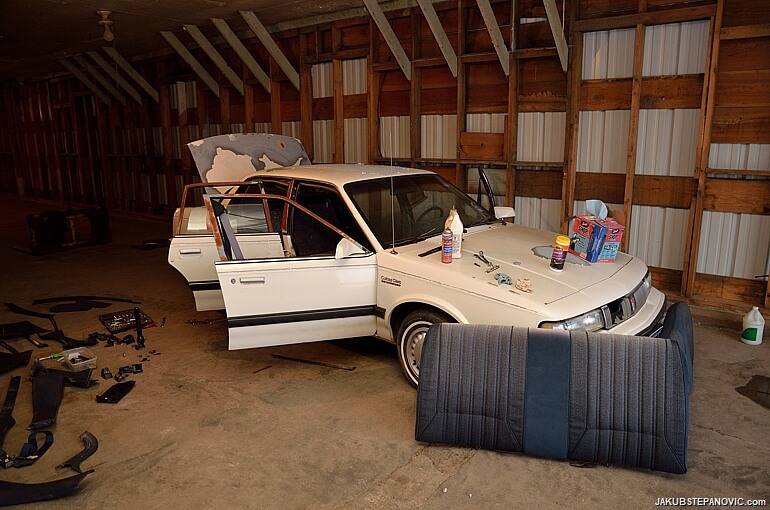
As the car stood in a field for years, mice made their nest in the trunk. It needed a thorough wash first. The excellent thing is that a car like this is like Lego. You can take it apart and put it back together relatively with ease.
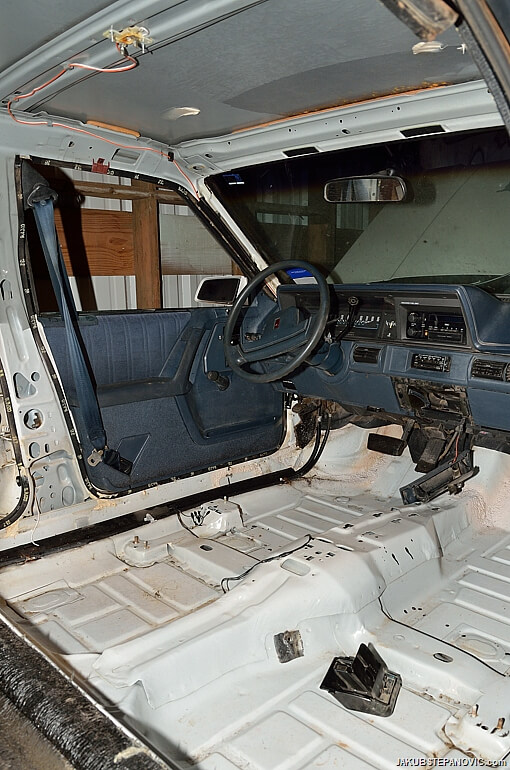
While at it, it was convenient to lube the door locks, check the bolts, and fix the headliner. Slowly but surely, the thing started to look (and smell) pretty well.

I was super lucky to get it from a friend with an arsenal of car-fixing skills, who was ready to explain and assist with anything I asked for. I learned plenty of how-tos, and over the long winter evenings, the car was changing from good to better.

From mechanical fixes to the visual ones.


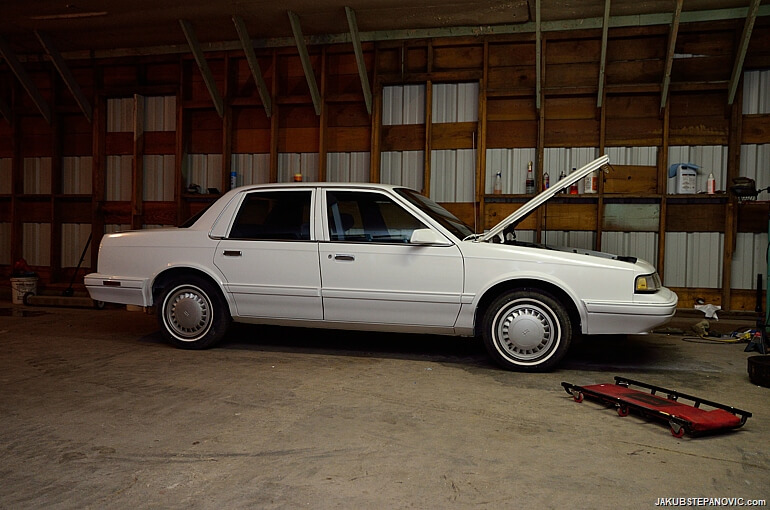
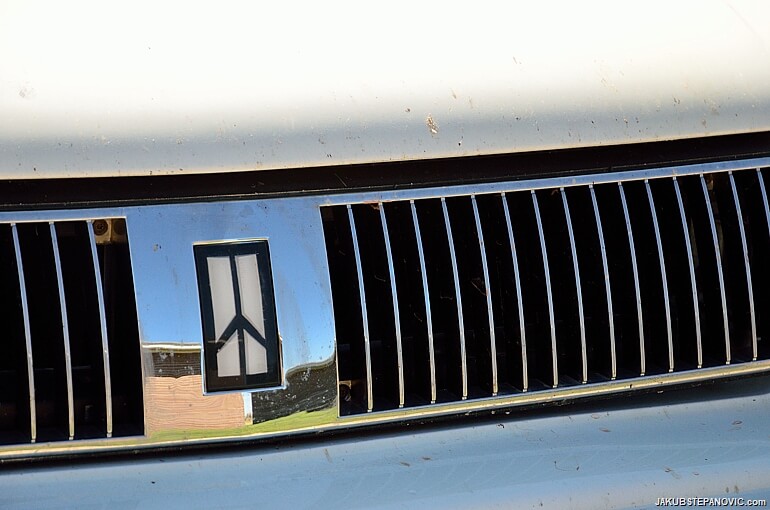
A few new paint layers later, the car was good to drive, but the project continued. From functional improvements, like repairing windshield washer fluid hoses and door seals...
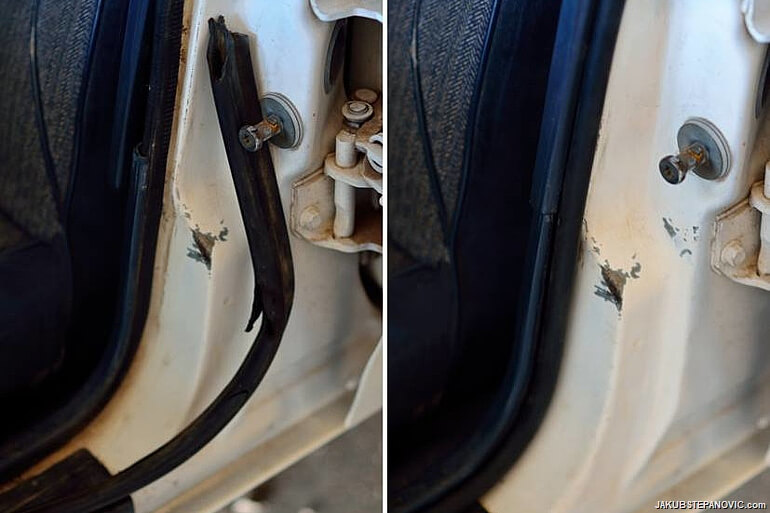
...to non-essential but still practical mods. One of them was changing the broken ashtray into two 12V outlets, which I later used to power a phone charger and an FM transmitter.

When I had that transmitter, I thought that the music I knew sounded somewhat worse in the car. So I checked the state of the speakers and got another idea of what to do next:
When I finished about a year later, the car ran smooth and looked stellar.
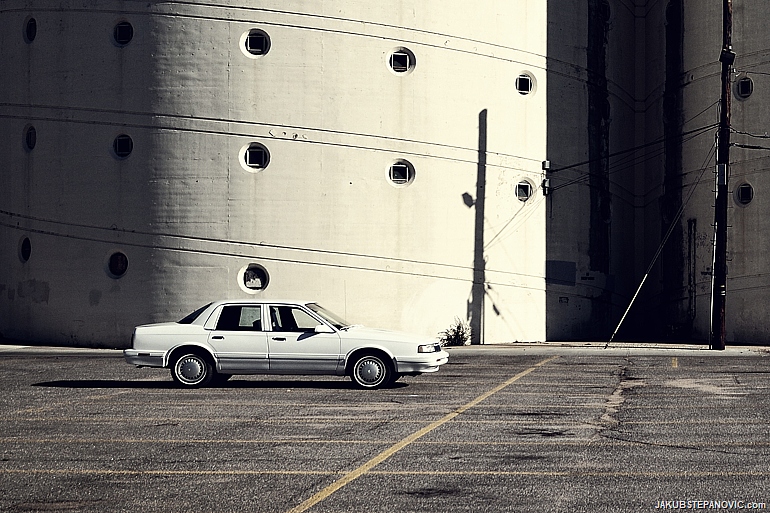
It got me reliably through urban jungles, deserts, and canyons.
Little did I know that I would learn one more lesson through the car: Valuing the things you own is desirable, but being overly attached to them is no good either. This lesson came the hard way: One person didn't stop at a stop sign the following winter, and just like that, the countless hours of work went to the trash. Live and learn.
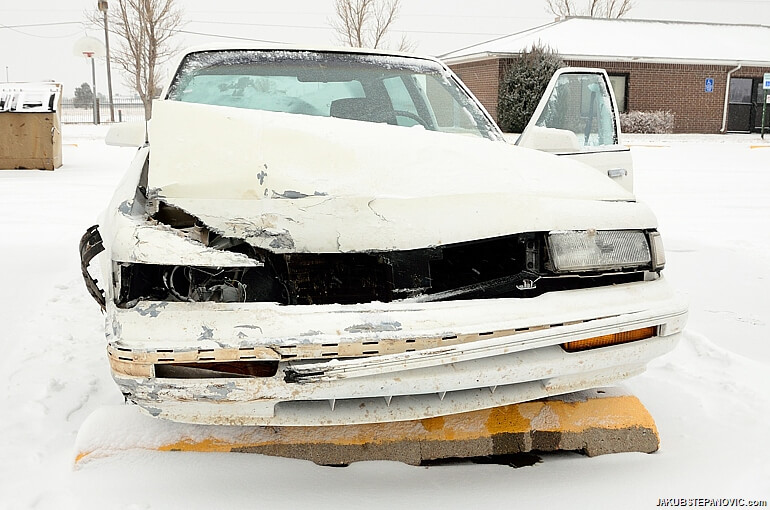
When I set off buying a new car, I wanted something that wouldn't require much work. I also looked for a ride with higher ground clearance for adventurous trips, and a bigger trunk where I could sleep from time to time. Alas, these characteristics meant that it wouldn't be the cheapest buy. As any recent US college student without scholarships or sponsors can testify, making such an investment while studying isn't easy. But once again, I was fortunate with people: one lady I worked for (another hands-on labour) heard about my case and contributed towards my new wheels. Combining this generous act with cash from the accident insurance and my savings allowed me to get this rig:
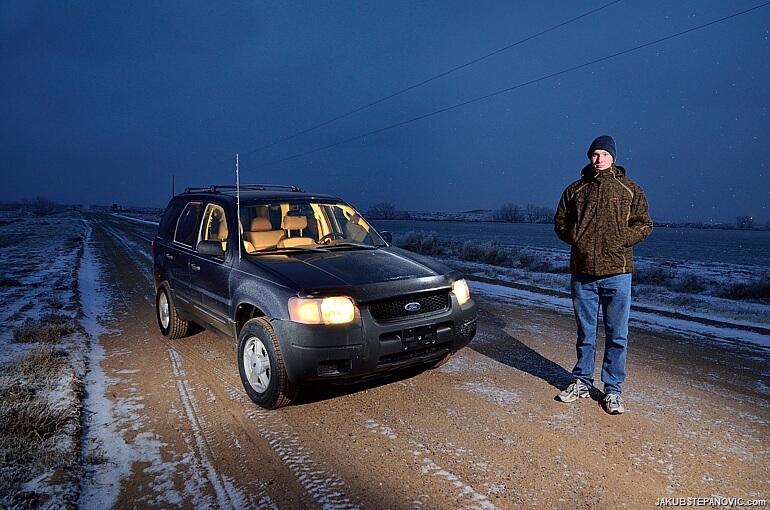
A start of a new era of my car-owning: a 03 Escape.
Still, to be able to afford it, I had to cut corners. It was certain that this would be another project. First, the car came with only one key. As I wanted to have at least two, I got a spare from the internet, but then I learned that the thing has some electronics inside, and so even I had it cut nicely, it didn't work. Some online research later, I found that the key has a transponder chip that causes the issue. So I decided to do surgery and implant a new chip that should do the trick. And it did!
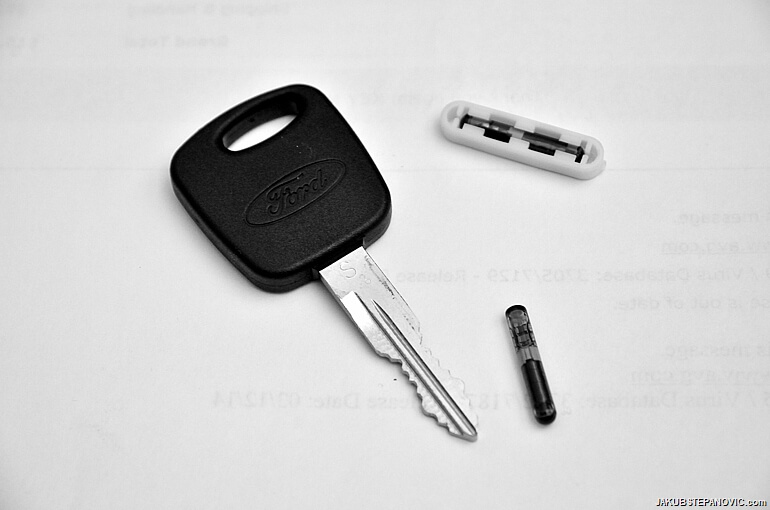
The interior had a few problems too, but all of them could be easily fixed...
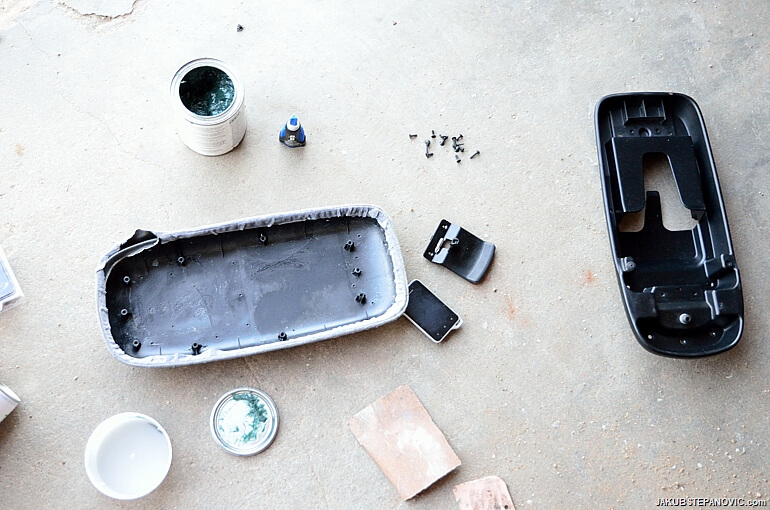
Fixing hinges and cracks in the armrest console, easy.
...although sometimes, creativity was needed. I fixed a broken trunk pocket mesh with shoelaces from my old sneakers and a heavy-duty bungee cord. It functioned like a treat!
The body had some cosmetic eyesore that needed addressing.
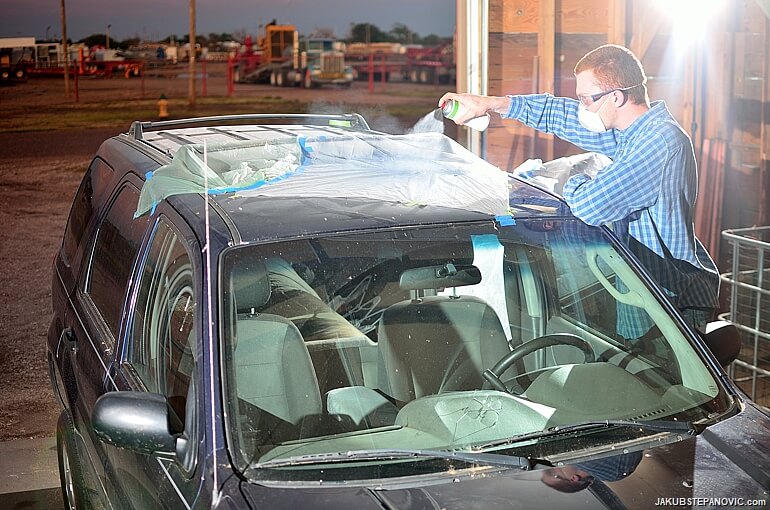
Such as this rusted hole on the fender:

Hello, more learning. Learning is good.
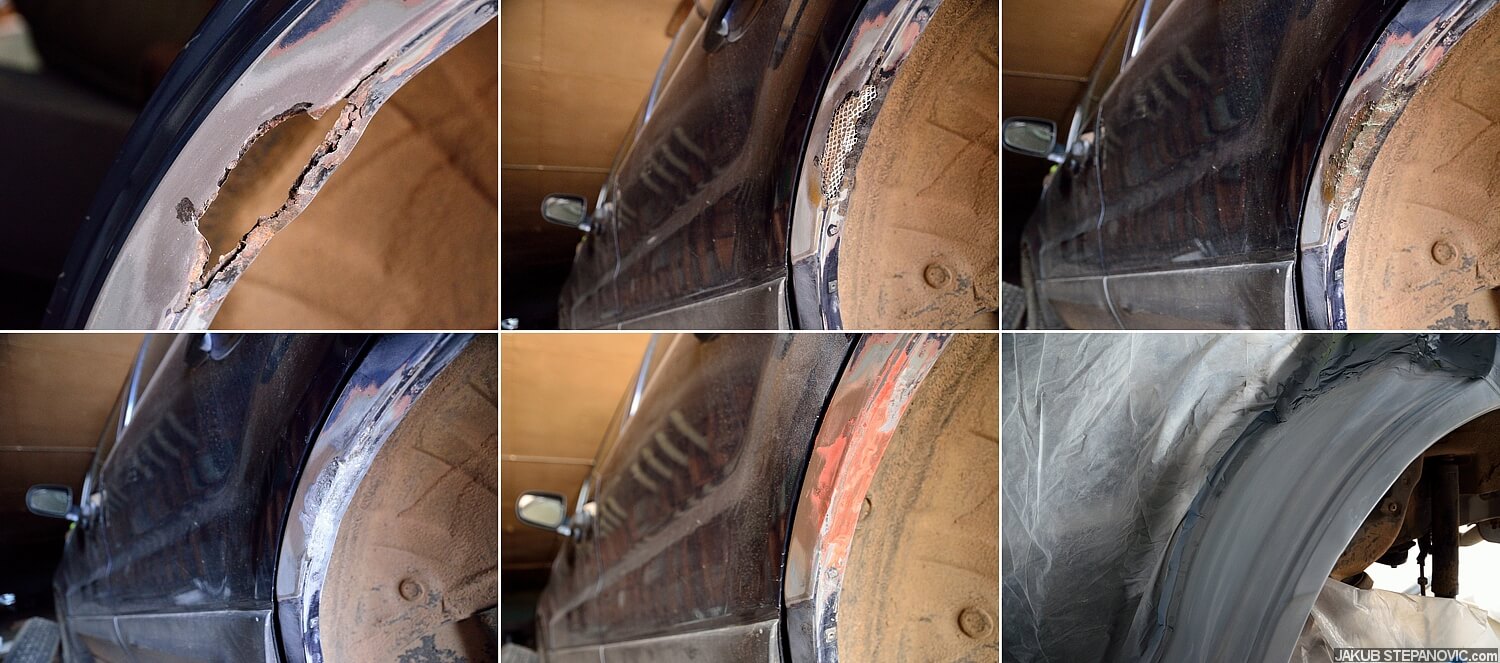
A few moments later, the thing looked like brand new:
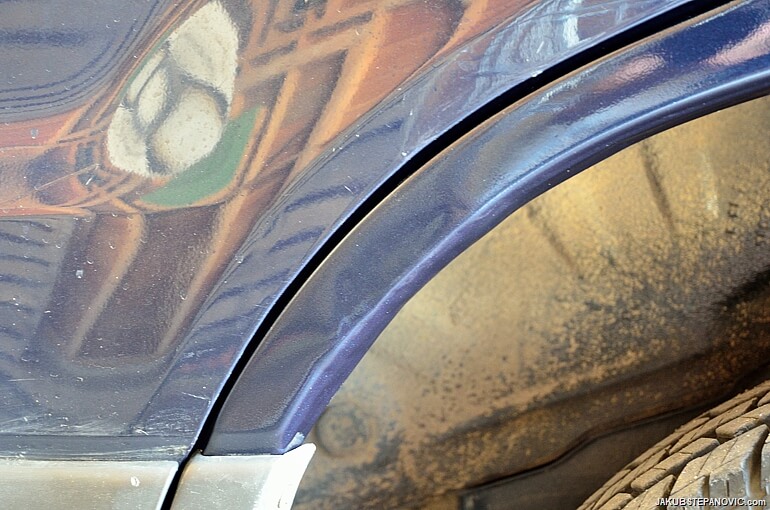
I hoped that that's me done with the work on this car. However, as it often is, things weren't as they looked at first sight. Less than two months since the purchase, the timing chain broke, causing an absolute mess with the pistons. The engine had to be replaced. It was outside my abilities, and suddenly, the price of the car doubled. "Son of a b..!" I thought while I waved bye-bye to the remaining savings I had. And it wasn't over yet. The cooling fans died. My local dealership quoted me $500 without work, so I bought them off the internet for under a hundred and replaced them myself.

Then I had to fix the rear door's lock actuator, the glass lift support, and washer fluid hoses once again. But in the end, the car fulfilled all those hopes I put in it. I drove it through spectacular unpaved roads across the Rocky Mountains and the Ozarks; I used it as a hotel, too. And as I was skint, umm, I ended sleeping in it a bit more.
All in all, the cars served me well with opportunities to make friendships and memories for life. From my experience, fixable items help to form these a way better than single-use or overcomplicated things.
I don't have a car anymore, but another mean of transportation supply me with a plethora of these manual fixes that form a relationship with equipment: my bike.

A mechanical bike (with the rise of e-bikes, one has to be specific) is a prime example of the mentioned "understandable engineering." You have a chain that drives the wheel, a lever that pulls a cable to shift, another one presses hydraulic fluid to brake callipers, there are a few bearings around... Troubleshooting is a piece of cake, so is the maintenance.
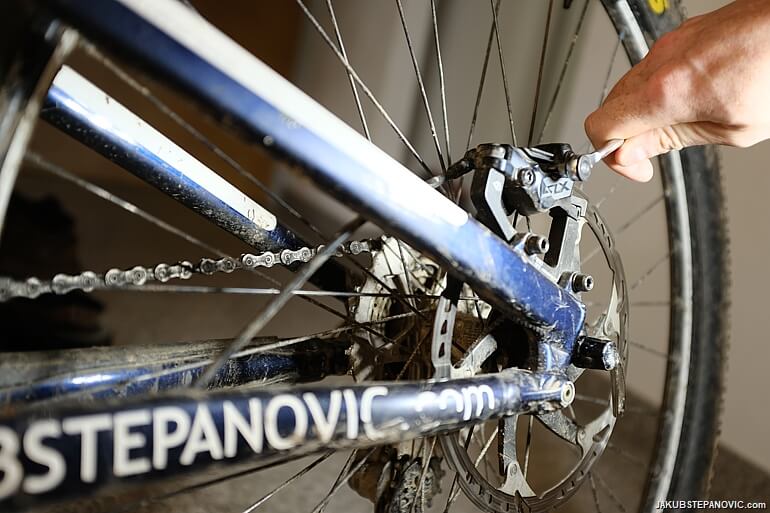
And what is even better are all the adventures it can take you on. Oh I love that!
Timelessness
Last but not least, the beauty of analogue or less sophisticated items is that they don't age that quickly. I like that. That bike above, for example, is over ten years old and still runs strong. The turntable is over 30 now and plays like new. Compare that with, say, a modern cellphone. After four years, it tells you that your apps won't function because your system is not supported anymore. Basically, it tells you to #'ck off throw it away. And I don't like that. Having things longer is better for your wallet and the planet, too.
All the categories above links together their physicality. You don't have to turn on a PC first to see them; they are there. When you move them, they stay where you left them. Such a hands-on element gives them a sense of being real. And you can touch that, which is fab.
We live in an age full of smartphones, smart houses, smartwatches, smart cars, smart-whatever-else gizmos.., but how many of them can claim to be relatable and easy-to-fix devices that deserve an occasion and have a timeless soul? Not many. The virtual reality markets continue to expand at a thriving pace, and the "real" experiences seem harder to come by. They are not lost, though. It is that we have to do the real thing by choice now, not by default.
The printed books managed to survive the digitalization, so did all those incredible musical instruments. Yes, most modern cars are less personal, but they defrost your windows in seconds, and the tech makes them safer. Yes, the recent TVs are borderline impossible to fix yourself, but you plug them in and have a crystal-clear image without the need to spend an hour positioning the antenna — the hands-on stuff I can live without. Instead, I can use the time I saved on tuning the junk to commit to a realness that is more fun.
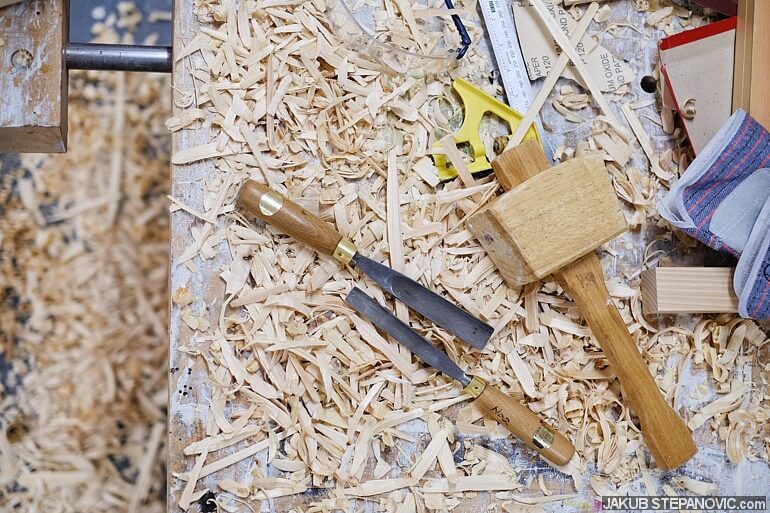
It can be challenging at times, but having a choice is gold. We live in a world that we decide, and the sense of real lives in us.
If you have a thought on this, get in touch. I love to hear others' points of view. And if you'd like to stay for a little longer, explore my Blog Archives for more topics and posts such as:
|
Midnight World |
Through The Windshield |
Thanks for reading!
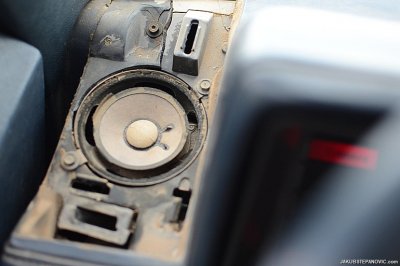
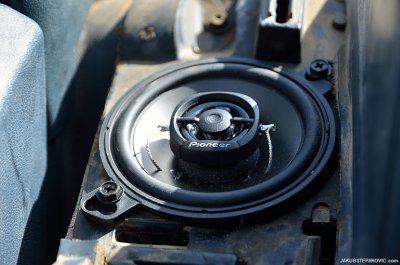
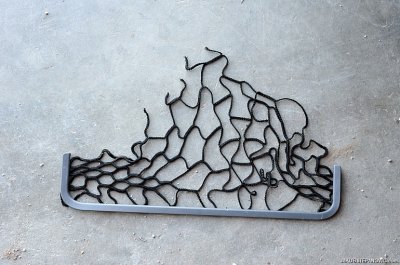

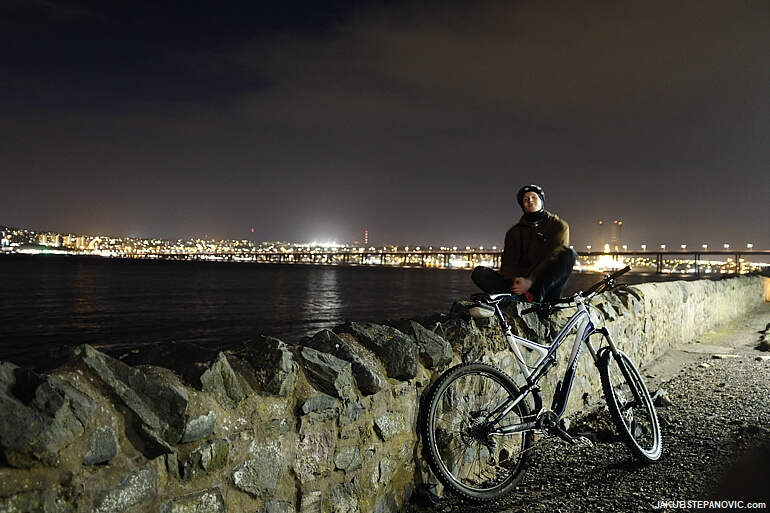

Comments are closed.